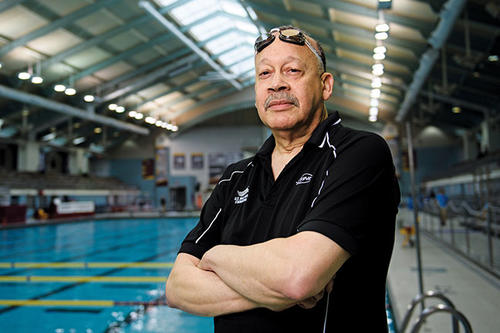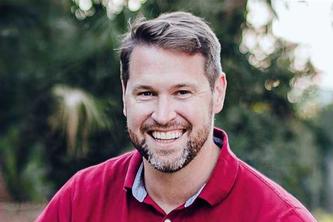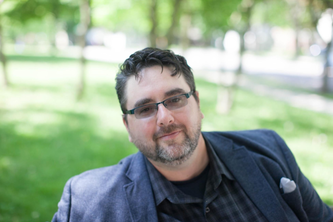
For Samuel L. Myers Jr., it’s hard to say which figured more prominently in his early life, swimming or economics.
While both are long-standing interests, only recently have they become intertwined in his professional work. In fact, his background as an African American in swimming has informed his recent research, which explores disparities in drowning rates—disparities that, in some ways, are emblematic of racial inequity as a whole.
The statistics are startling. The rate of drowning in swimming pools among youths aged 5 to 19 years, for example, is more than five times higher for blacks than for whites, according to the Centers for Disease Control and Prevention.
“Why is it that you can count on one hand the number of academic articles in peer-reviewed journals on this?” asks Myers, director of the Roy Wilkins Center for Human Relations and Social Justice at the Humphrey School. “I have no clue.”
He and his graduate students found an inverse relationship between the percentage of USA Swimming team members who are black and the drowning rate for black youth. In addition, they found that the percentage of lifeguards who are black correlates inversely to the black drowning rate.
Myers, his students, and colleague Marina Gorsuch at St. Catherine University in St. Paul are also exploring the rates of drowning among Hispanic and American Indian youth—also significantly higher than those of white children.
His biggest impact has been outside of the pool. Myers is proud of teaching, and of “a whole lifetime of looking at systemic factors that contribute to inequality,” he says. “And trying to identify policies that have the potential for long-term, sustainable change.”
- Categories:
- Law and Policy





